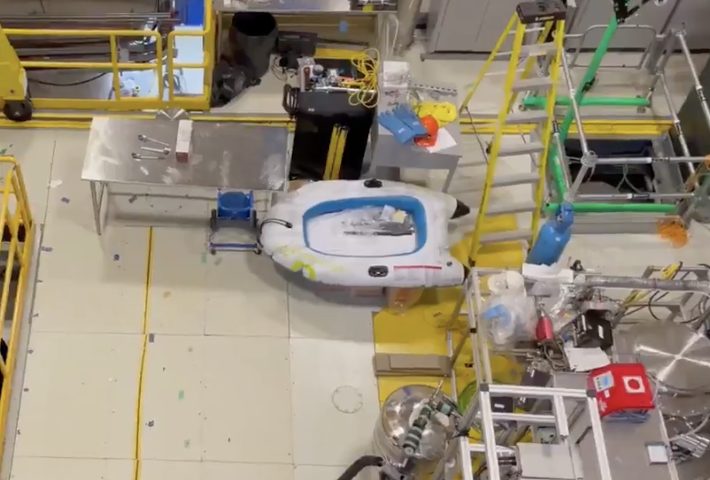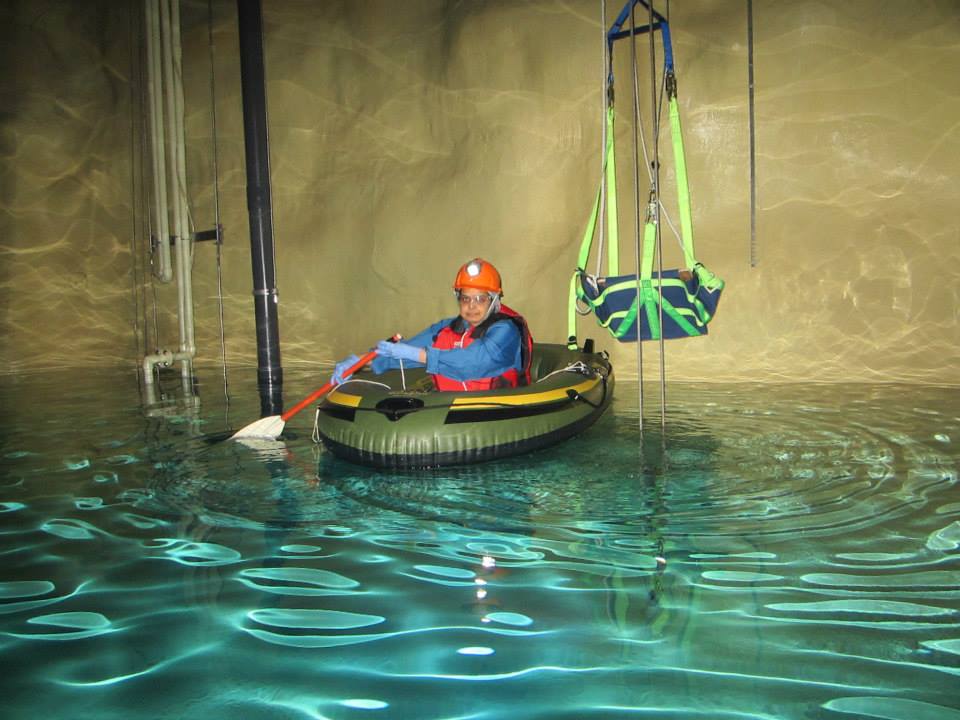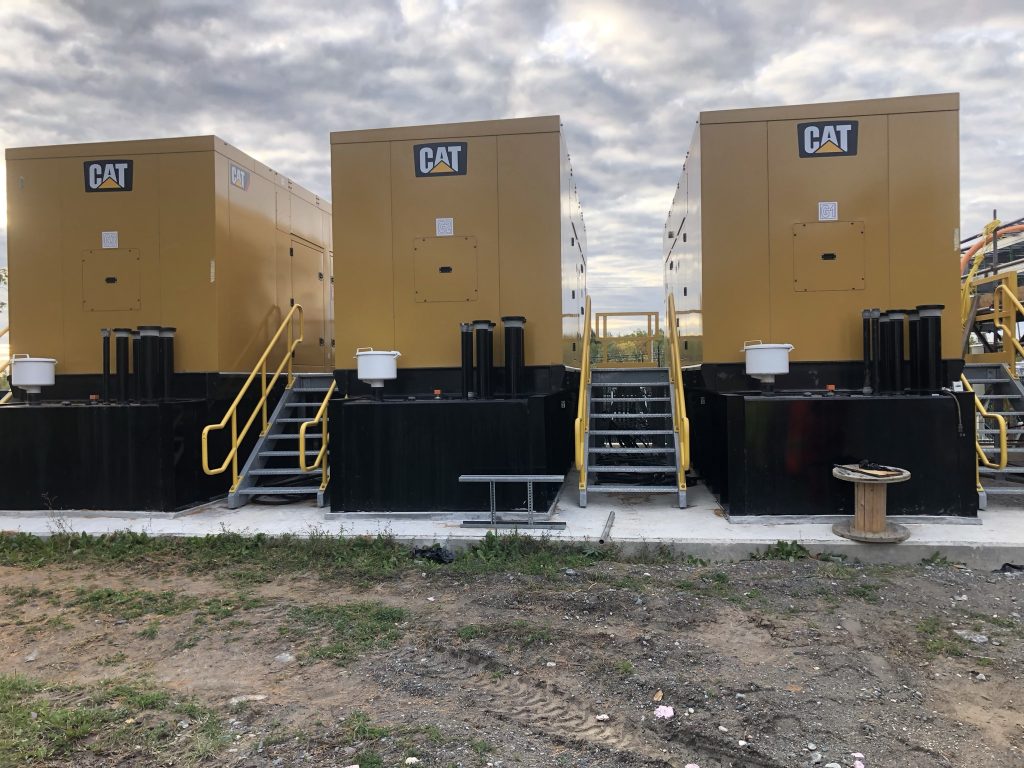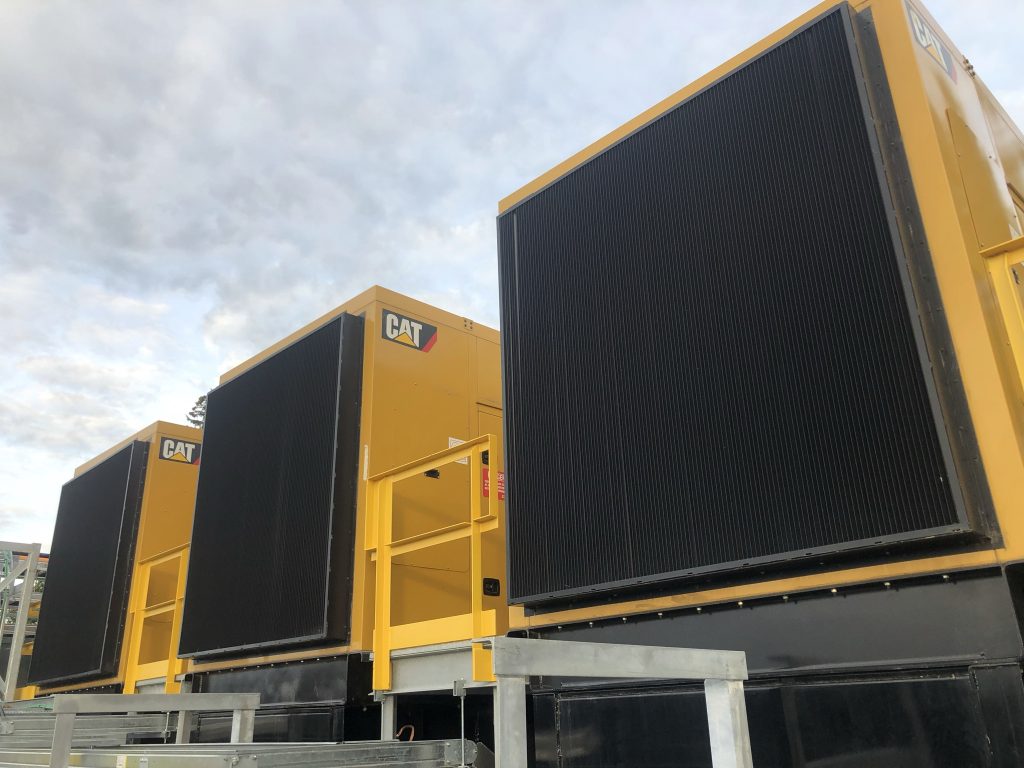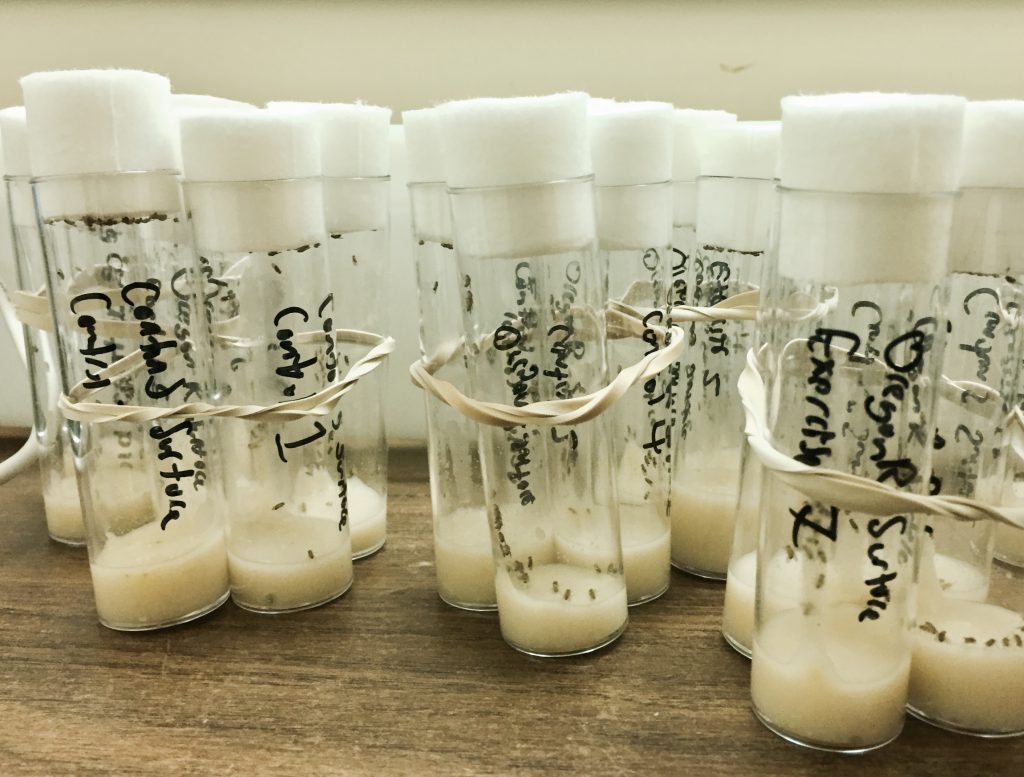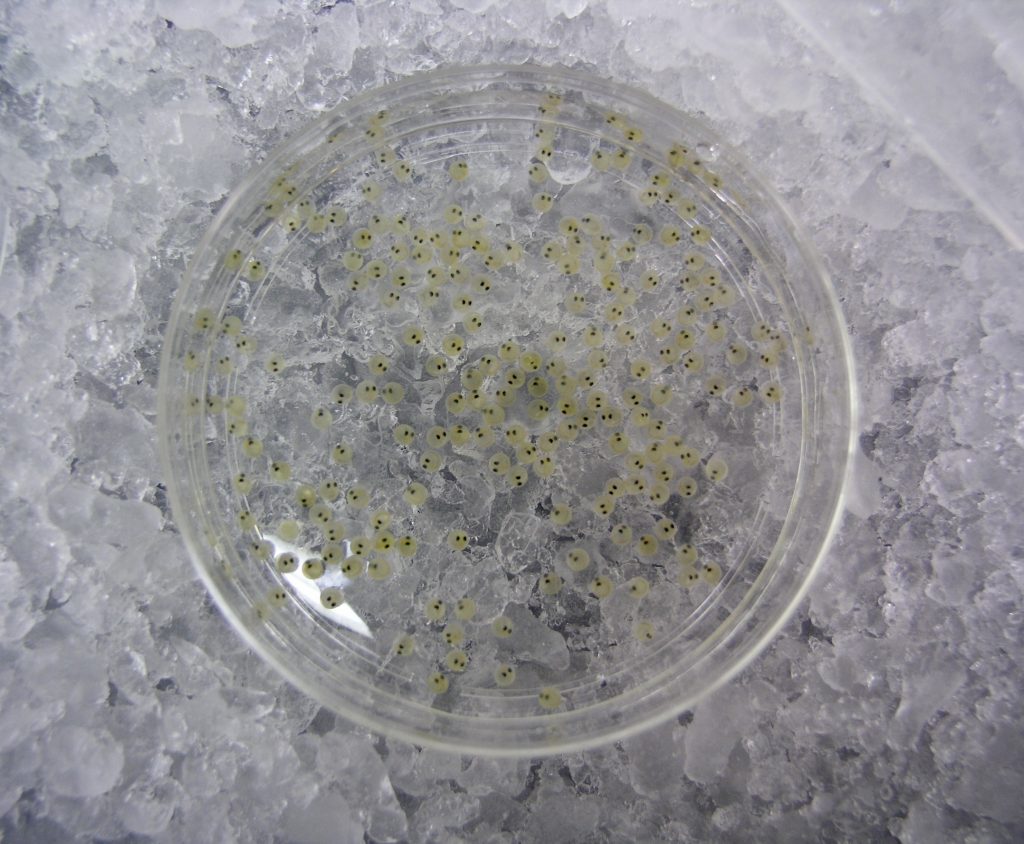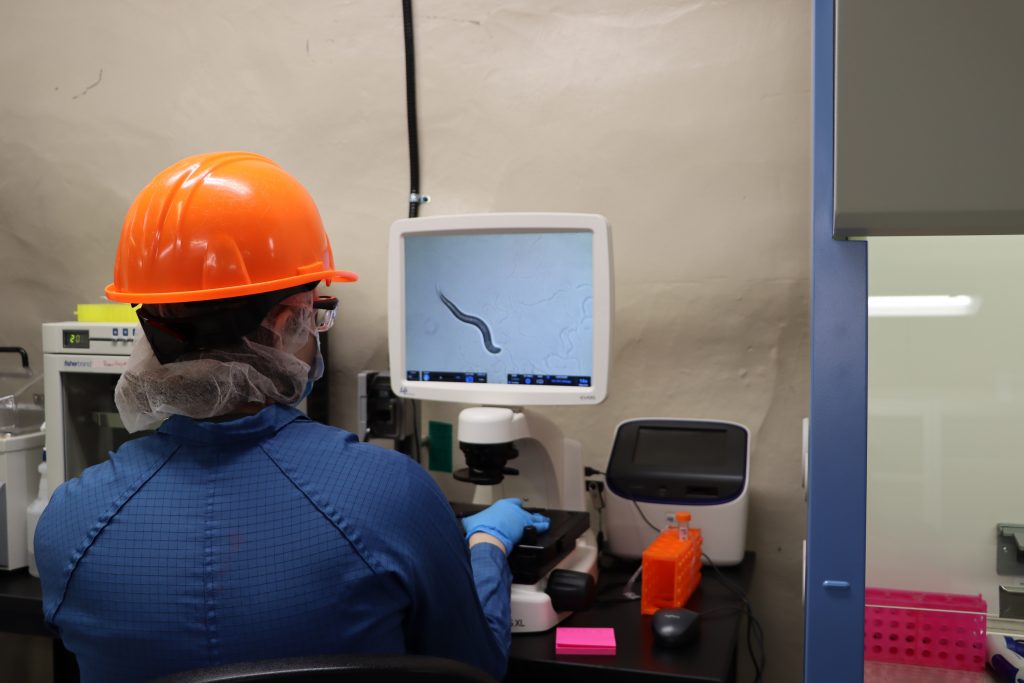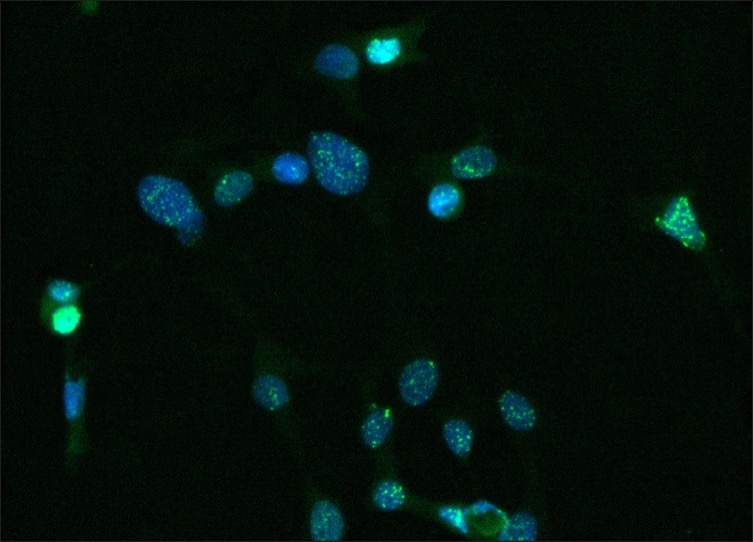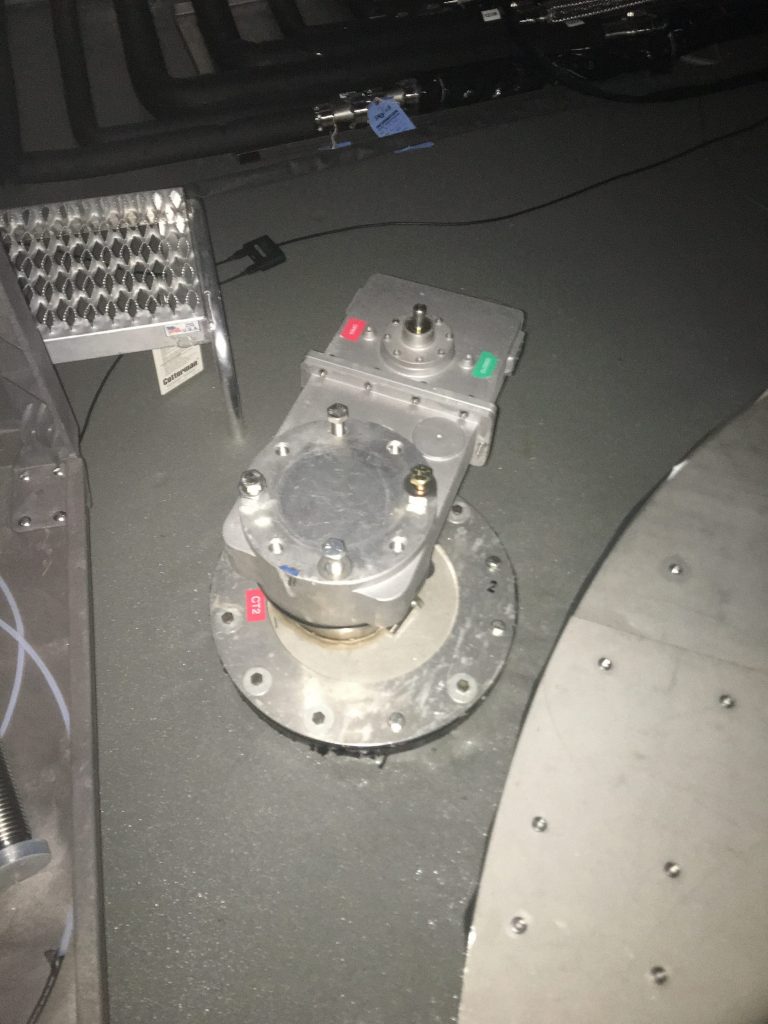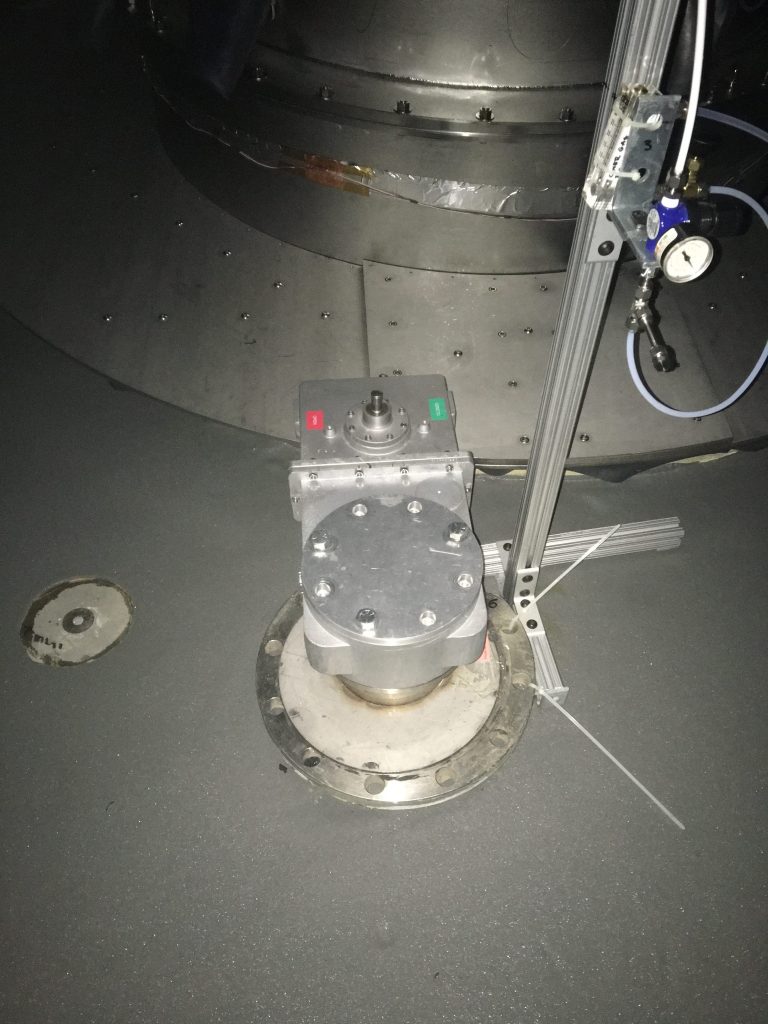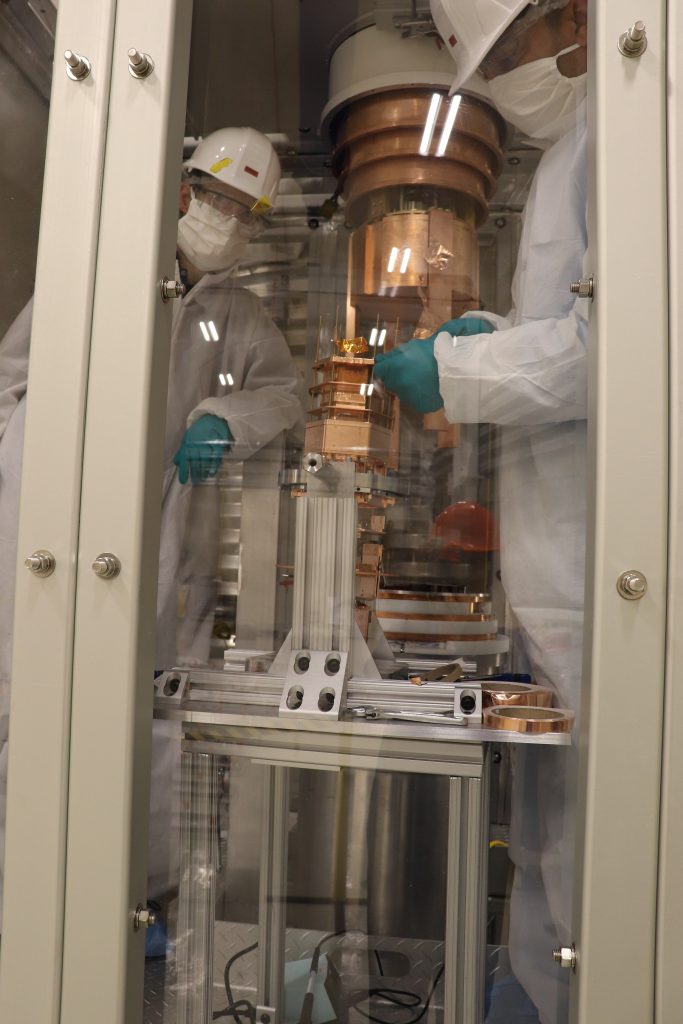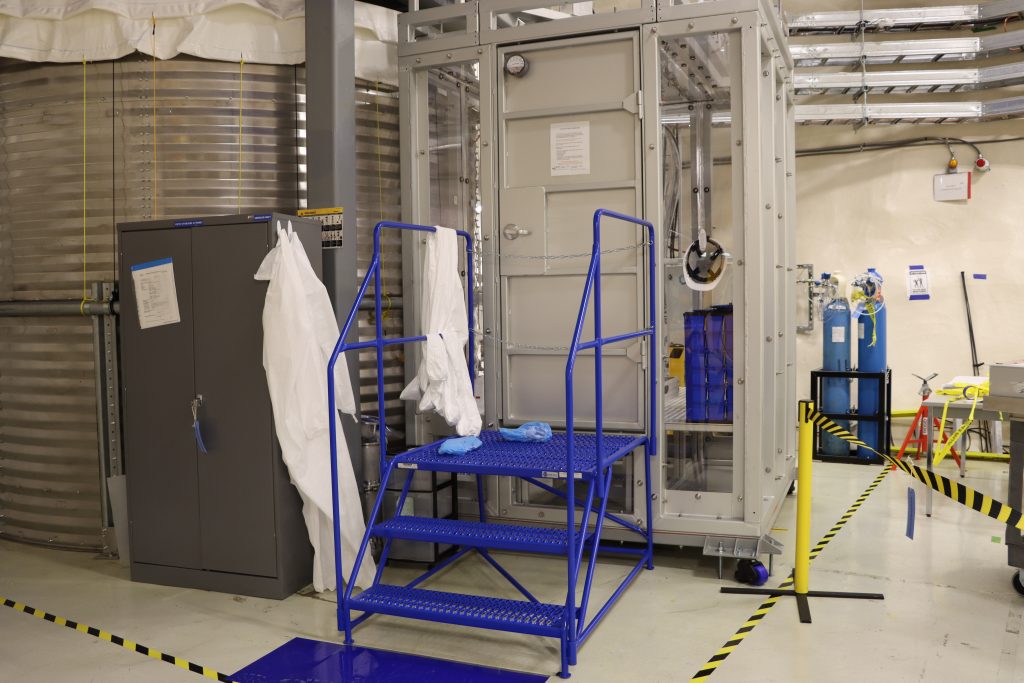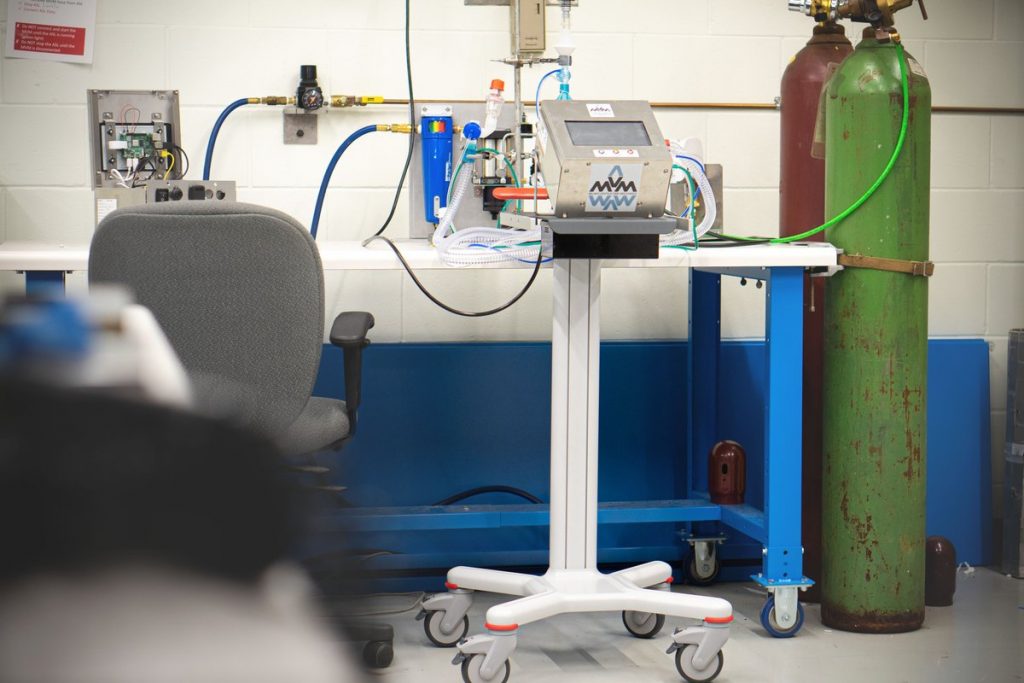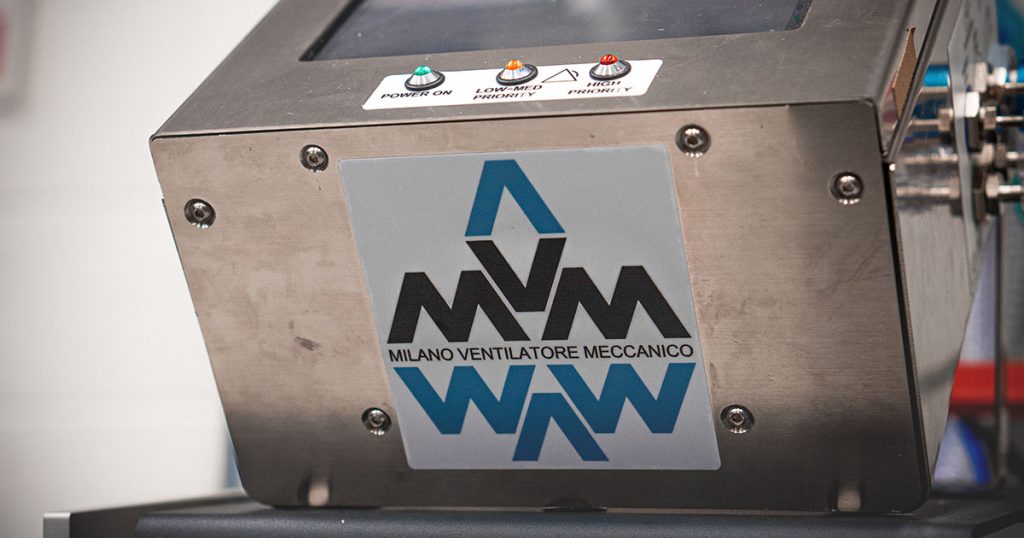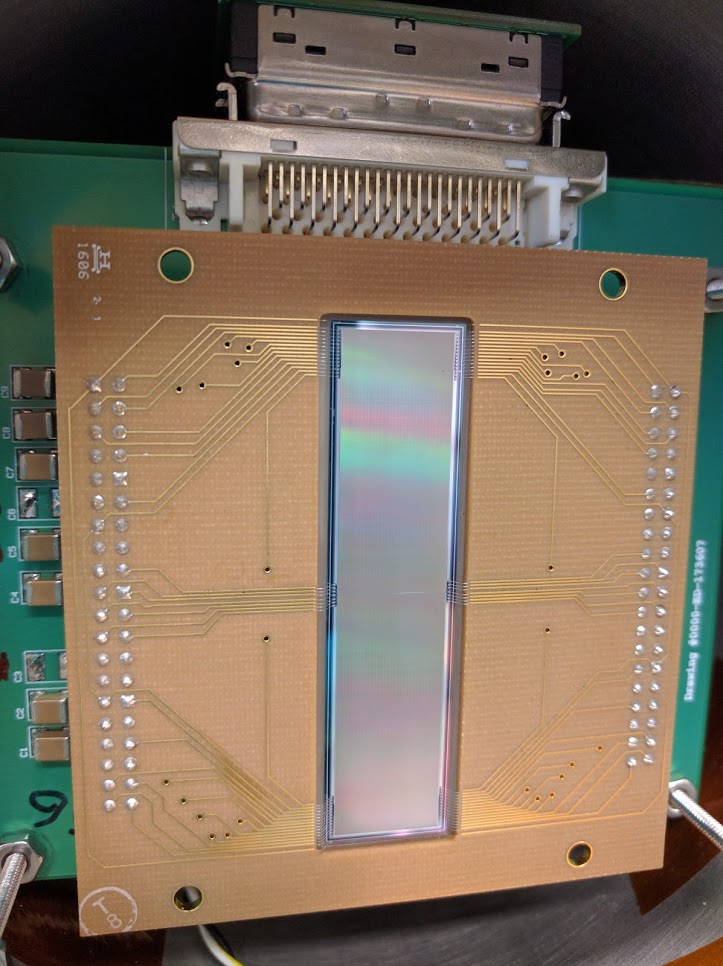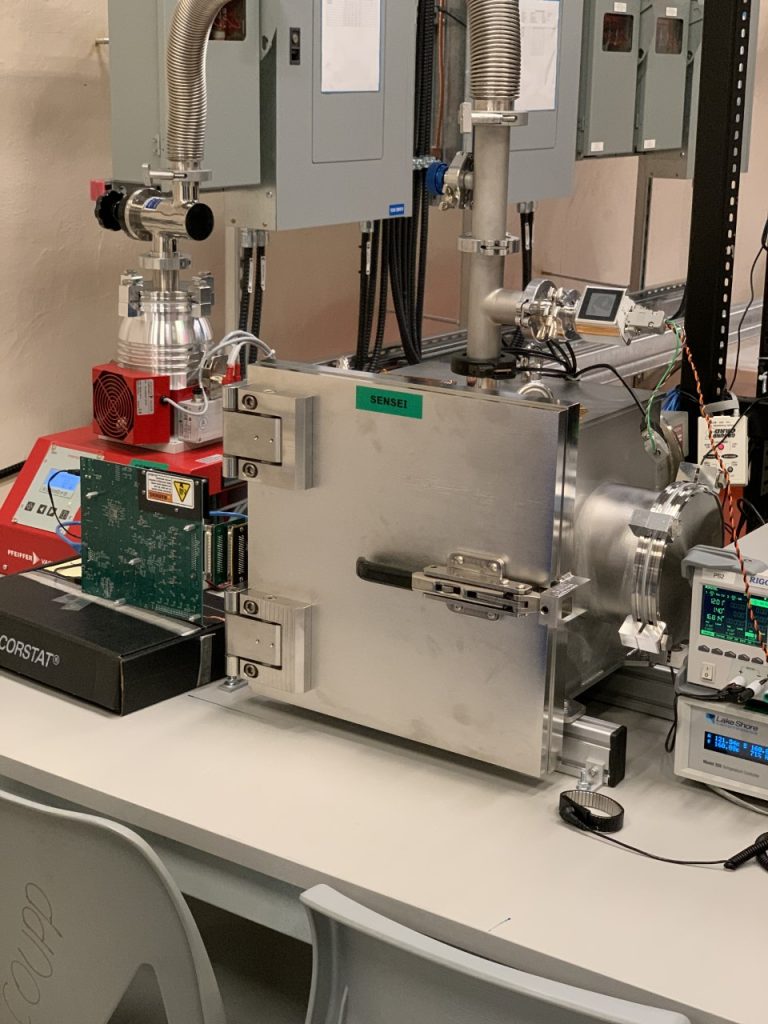12 Days of SNOLAB Science
This year SNOLAB once again marked the holiday season by sharing 12 Days of SNOLAB Science – an opportunity to share some lesser-known facts about the lab itself, and to celebrate the scientific achievements of the past year. If you are looking for more science fun, check out last year’s #12DaysOfSNOLABScience.
Day 1: One big clean lab
Did you know SNOLAB’s entire underground lab is maintained as a class-2000 clean lab? This means that in any cubic foot of air in the lab, there are fewer than 2000 particles < 1micron in size. In a typical office there would be 1,000,000 such particles, and the mine air outside the lab has ~ 10,000,000! To maintain the lab at this cleanliness levels, our ventilation system has 12 air handling units with HEPA filters (in addition to additional HEPA filters throughout the lab) and re-circulates the air 10 times per hour. We also have a dedicated staff of cleaner maintainers who not only keep the lab itself clean but also clean every single item that comes into the lab in the carwash to ensure no dust comes in with it.
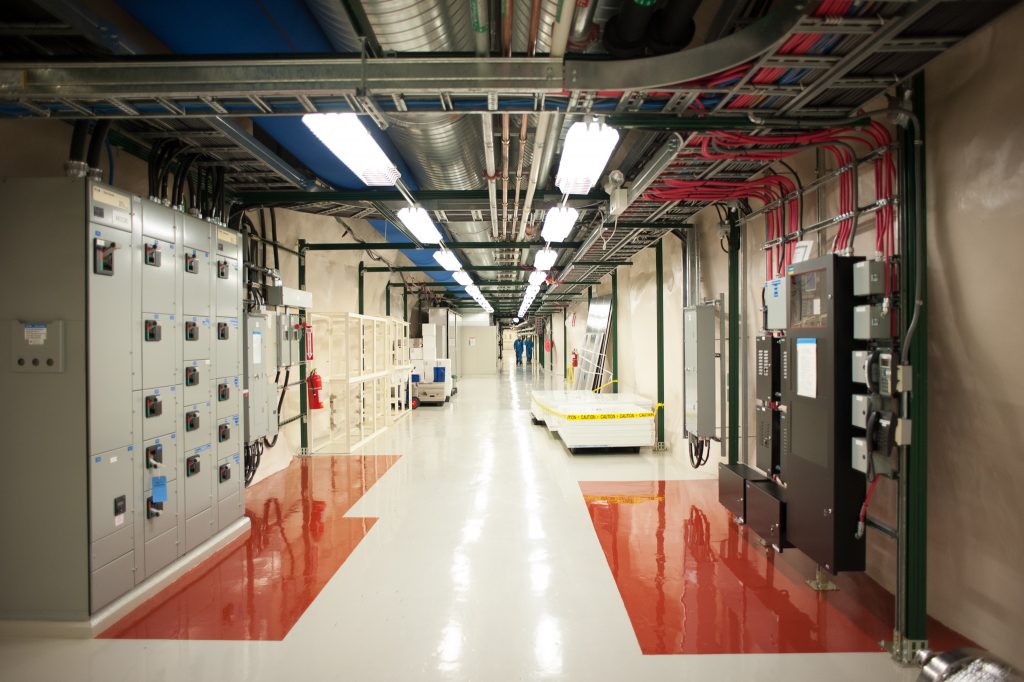
Day 2: Two inflatable boats
Inflatable boats probably aren’t the first thing that comes to mind when you think of equipment for cutting-edge physics experiments. However, when these experiments involve lots of shielding water, sometimes a boat is the easiest way to inspect things or do repairs! The first photo shows the boat used by DEAP-3600 to work on their external veto PMTs while the shielding tank was partially filled with water. The second photo shows someone on the SNO+ team inside the cavern to do an inspection (you can see the chair they were lowered down in).
Day 3: Three diesel generators
This year the final work was completed to tie three 1-megawatt diesel generators into the lab’s power supply. Now, when power to the mine goes off (for planned or unplanned reasons), the generators kick in to restore power to the lab in less than a minute. Having this backup power is a game-changer for the lab, especially as the experiments we host require more precise operating conditions. For example, Super-CDMS will operate at 15 millikelvin and the generators will help ensure it stays at that temperature in the event of a power interruption.
Day 4: Four PICO cameras
The PICO bubble chamber has four cameras around that watch for particle interactions. The cameras are constantly monitoring, and every frame is analyzed for a bubble – when a particle interacts it deposits a bit of energy, causing a small amount of the refrigerant to boil and creating a bubble. When a bubble is detected bellows quickly compress to prevent all of the refrigerant from boiling.
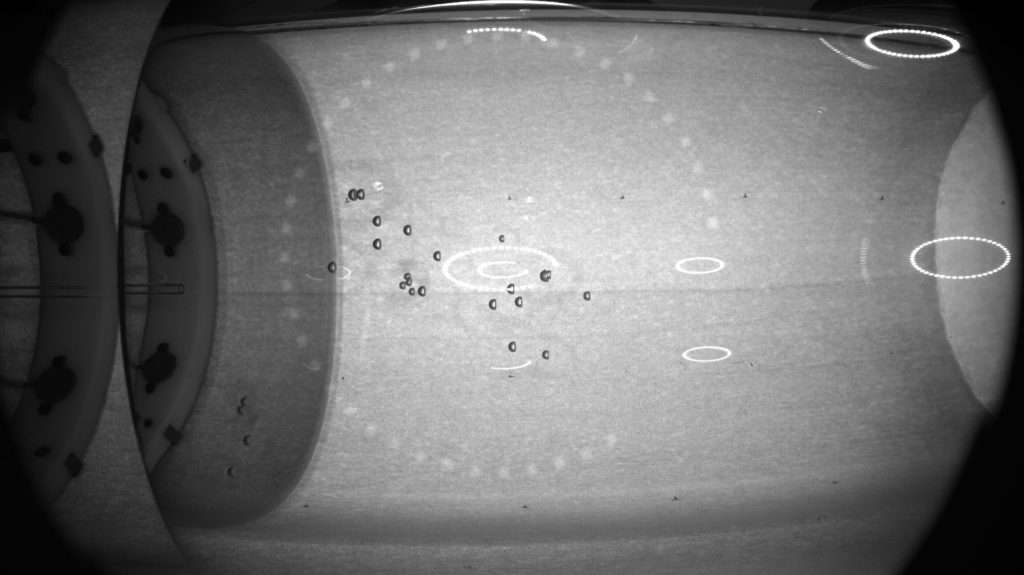
Day 5: Five biological organisms
Between the two biological experiments hosted at SNOLAB, there have been a total of five different organisms studied in the lab. FLAME uses fruit flies to study the effects of working underground, and REPAIR has used lake whitefish, nematode worms, yeast, and human cells to study the effects of extremely low background radiation levels.
Day 6: Six calibration source guide tubes
Around the deck of SNO+, there are six guide tubes that can be used to introduce calibration sources. They are used to deploy calibration sources outside the inner vessel, in the water. Calibration shows the detector response to known sources, which helps the collaboration better understand the detector’s performance.
Day 7: Seven SuperCDMS towers in the cryostat
The silicon and germanium crystals SuperCDMS uses to search for dark matter are stacked in towers. These towers are held in a cryostat within the experiment to keep them at the operating temperature of 15 millikelvin (brrrrrr). The SuperCDMS cryostat can hold seven stacked crystal towers at once.
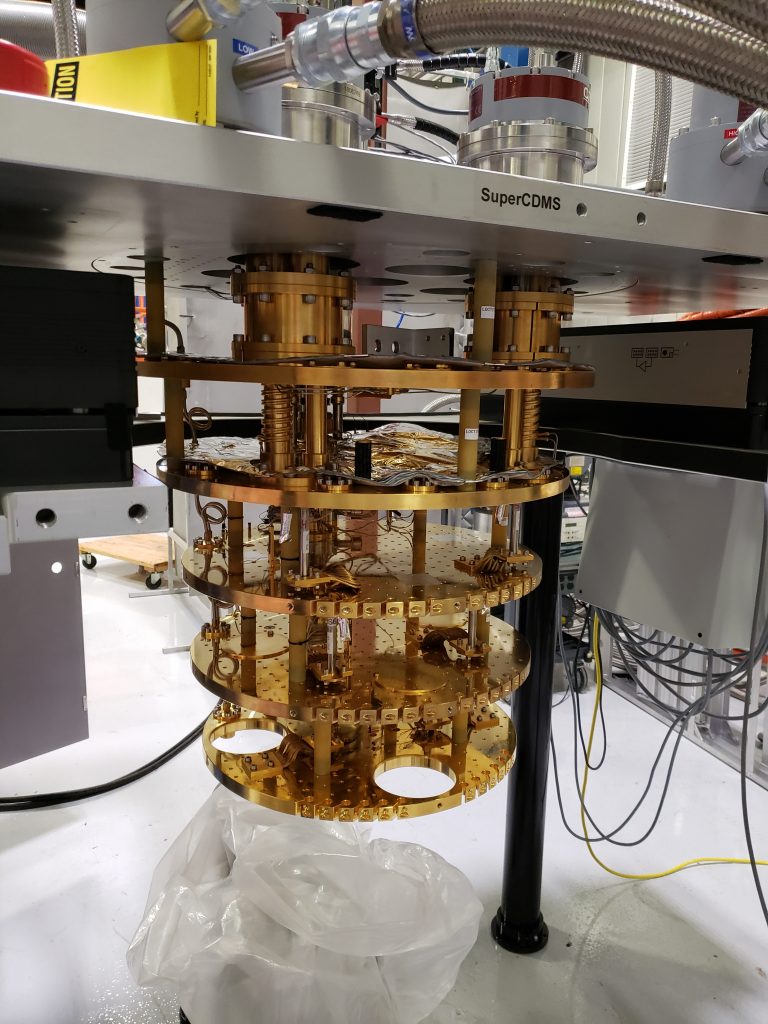
Photo: SuperCDMS Collaboration 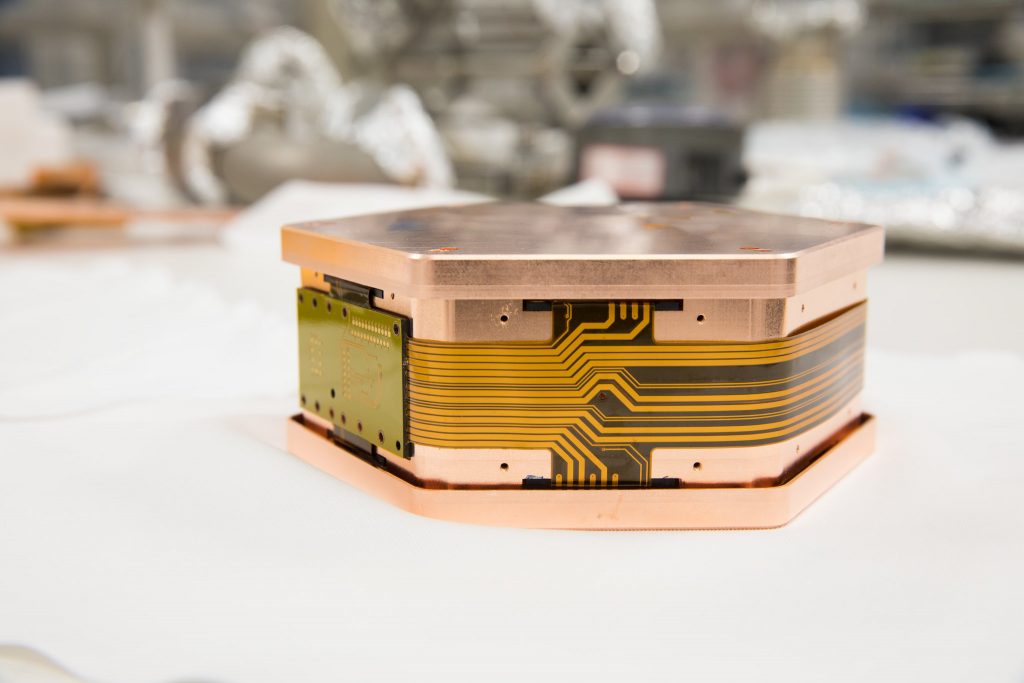
Photo: SuperCDMS Collaboration
Day 8: Eight glassware cabinets
In the underground chemistry/life sciences lab there are eight glassware cabinets. All of the glassware is kept underground and ultrasonic cleaned. This facility is used by the REPAIR team and our scientific support team (some of the QA work for the liquid scintillator used by SNO+ is done here). Sometimes when experiments have specific work to do, our scientific support team will clean and package glassware/other materials on surface and ship them underground to help save time.
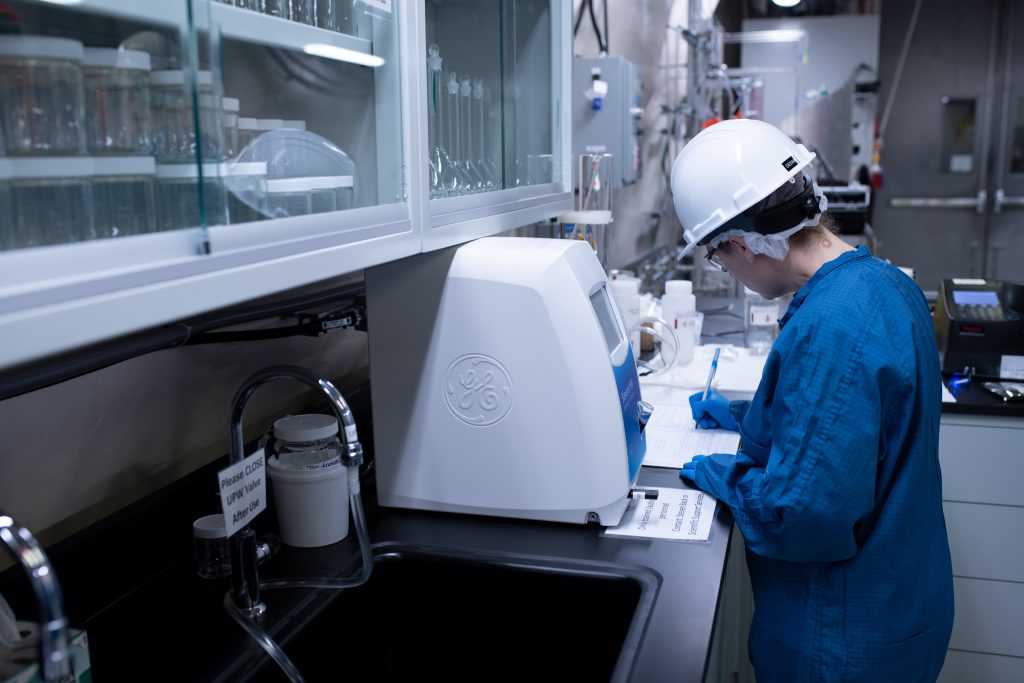
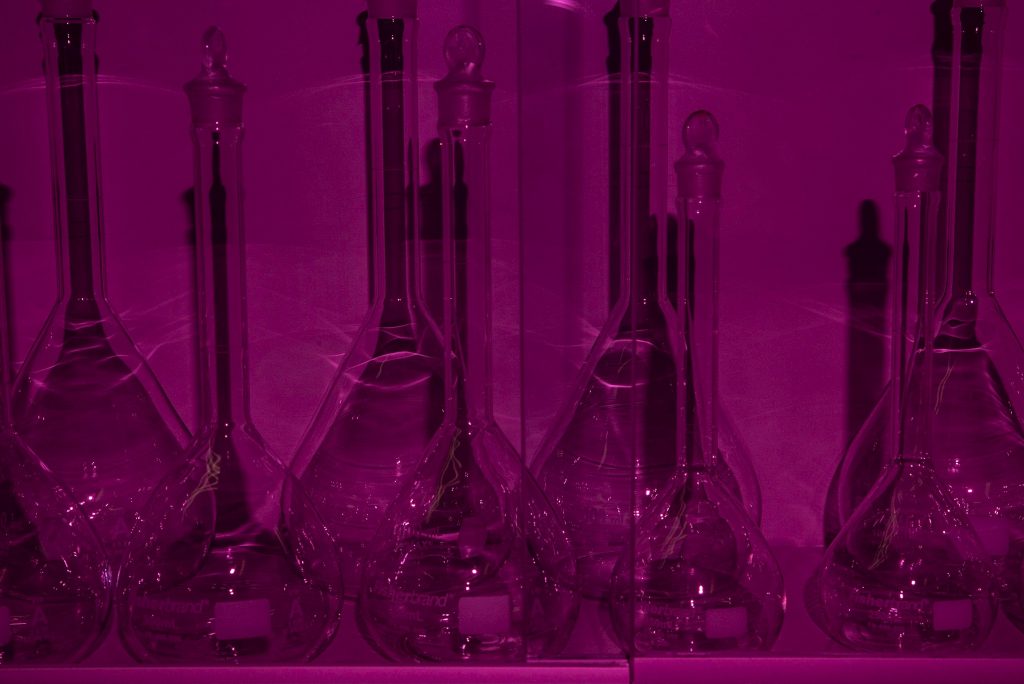
Photo: Michael Jamieson
Day 9: Nine thermometer readouts on CUTE
CUTE (the cryogenic underground test facility) is a quiet, well-shielded facility at SNOLAB that is used for testing cryogenic detectors in low-background environments. Right now it is testing SuperCDMS germanium and silicon detectors to determine their performance and characterization. To do this testing the detectors are cooled to their operating temperature of about 15 millikelvin. To monitor the cryostat (fridge) during cooldown and ensure the detectors stay cold, CUTE has nine thermometer readouts.
Day 10: Ten thousand ventilators
Early on in the pandemic SNOLAB scientists, along with colleagues at CNL, TRIUMF, and MI, joined the international MVM (Mechanical Ventilator Milano) collaboration. This group worked to quicky and safely develop a ventilator that could help ease the global shortage. Using gas handling expertise developed working on dark matter experiments, the scientists were able to design and prototype an emergency ventilator that used materials outside the typical supply chain and could be assembled quickly. In 2020 the MVM was approved for use by Health Canada. To date 6000 of the 10000 ordered units have been manufactured and delivered by Vexos.
Day 11: Eleven electrodes on NEWS-G’s achinos sensor
In the centre of NEWS-G’s copper vessel is the achinos sensor. It has eleven electrodes which detect any electrons created by ionization during a particle interaction. Why is it called the achinos sensor? Achinos is the phonetic spelling of Αχινός – Greek for ‘sea urchin’. The development of the sensor was done by Greek collaborators, and the sensor definitely has some sea urchin vibes!
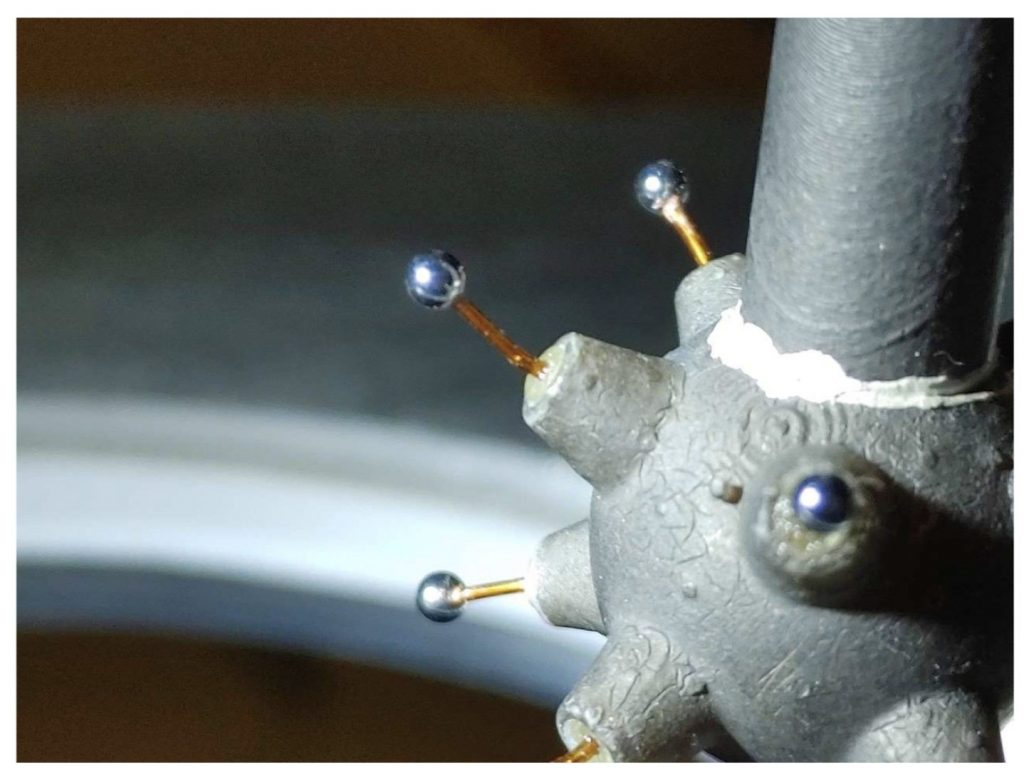
Day 12: Twelve CCD supermodules
SENSEI uses skipper CCDs to search for dark matter – when a particle interacts, it deposits a small amount of energy which is recorded in the CCDs’ pixels. The CCDs are arranged in groups of four, which are called supermodules. In total there are twelve supermodules installed in the SENSEI experiment.
